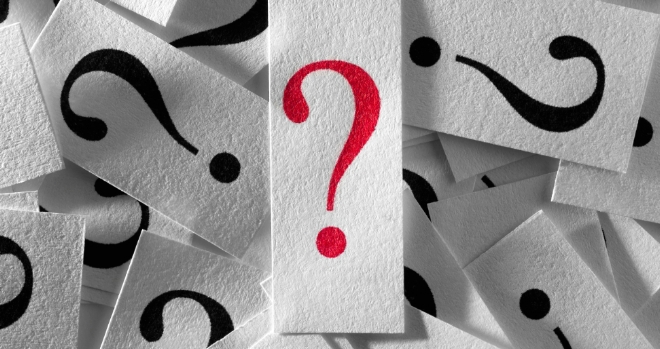
"Historically Help to Buy has been of little help to the nation’s aspiring homeowners and it’s plain to see why when you look at the numbers."
eMoov analysed the average house price across all 326 districts in England and identified where has exceeded the threshold of £250,000 outside of London and £450,000 within the capital, the maximum property values eligible for the Help to Buy ISA since it was introduced back in December 2015. eMoov also highlighted where could exceed that threshold by March 2017.
eMoov did analyse data for both Scotland and Wales but found that the average house prices across the entirety of both countries remains within the Help to Buy threshold of £250,000 and should continue to do so until at least March 2017.
When the ISA was introduced on the 1st December, there was already a huge 101 district areas in England that were Help to Buy no go zones due to the average house price exceeding the ISA threshold (17 London boroughs and 84 districts across the rest of England).
In the eight months from December to July, the average house price in a further 28 areas has since exceeded the thresholds (26 outside of London and two London boroughs).
Two of these areas, in particular have seen double-digit growth since December of last year, with prices increasing by over £25,000 in just eight months. Stevenage has seen the largest jump up +12%, bringing the average house price from £243,988 to £272,777, with property values in St Edmundsbury increasing by +10%, bringing the average house price up to £270,364 from £245,167.
Over the same period, two London boroughs also became ineligible for the Help to Buy scheme, where the threshold peaks at £450,000. Tower Hamlets jumped +5% (£24,360) from December 2015 to July 2016, making the current average house price £468,484. Although Harrow enjoyed a smaller jump (+4%), it is also now ineligible with the average house price currently £451,643.
As well as highlighting the areas that have since exceeded the threshold, eMoov took the percentage value increase for each area between December and July and applied it to the current average house price. Assuming a similar rate of price growth eMoov highlighted a further 21 districts across England could break the Help to Buy thresholds, five of which are London boroughs, with each becoming beyond the grasp of the country’s struggling aspirational homeowners by Spring 2017 (March).
This would mean that the average house price in 150 district areas (46%) would price Help to Buy buyers out of the market by March 2017.
Russell Quirk, founder and CEO of eMoov.co.uk, commented: “Historically Help to Buy has been of little help to the nation’s aspiring homeowners and it’s plain to see why when you look at the numbers.
Although you must at least appreciate the government’s attempt at introducing a leg up through the ISA, the current pace of price growth across the market in England means that it will soon become irrelevant to the average buyer across nearly half of the country.
The figures suggest that by March of next year, for those looking for government help to buy in London in particular, just nine of the capital’s 32 boroughs will be a viable option.
Across England there are still plenty of areas available below £250,000 however, if you do need help to get on the ladder but would prefer to choose where you live rather than have it dictated by the government, the only option is to look further north or across borders to Wales and Scotland.”





